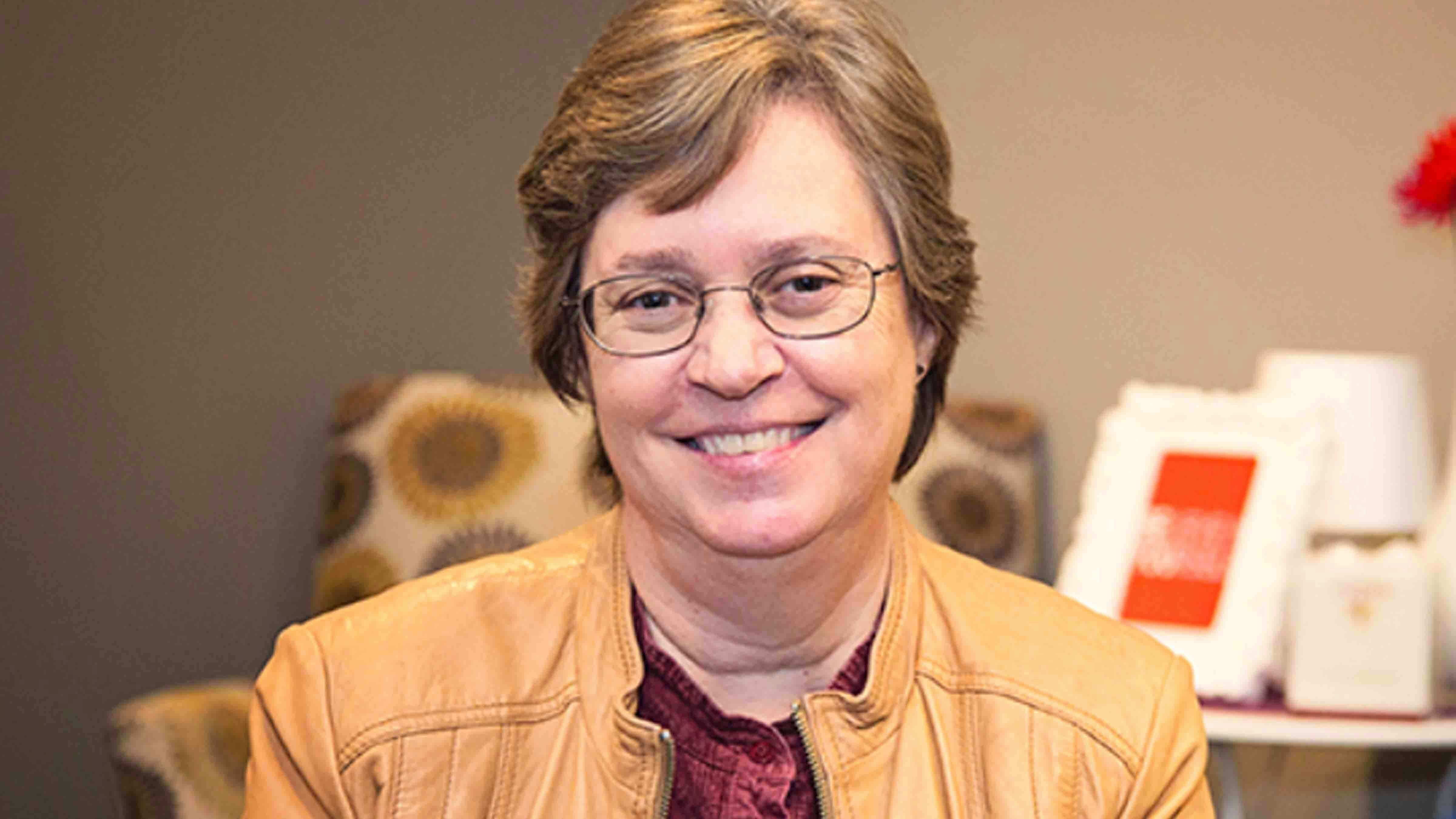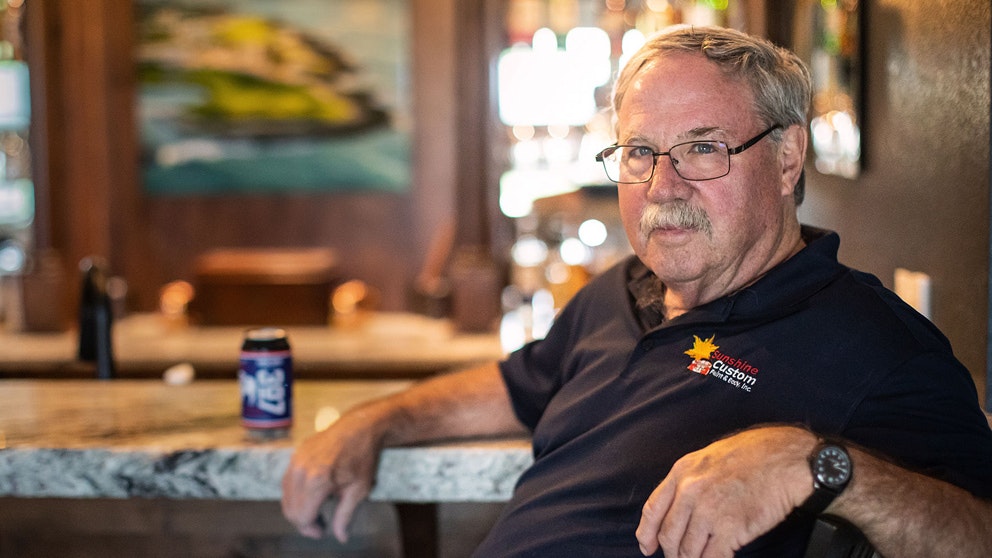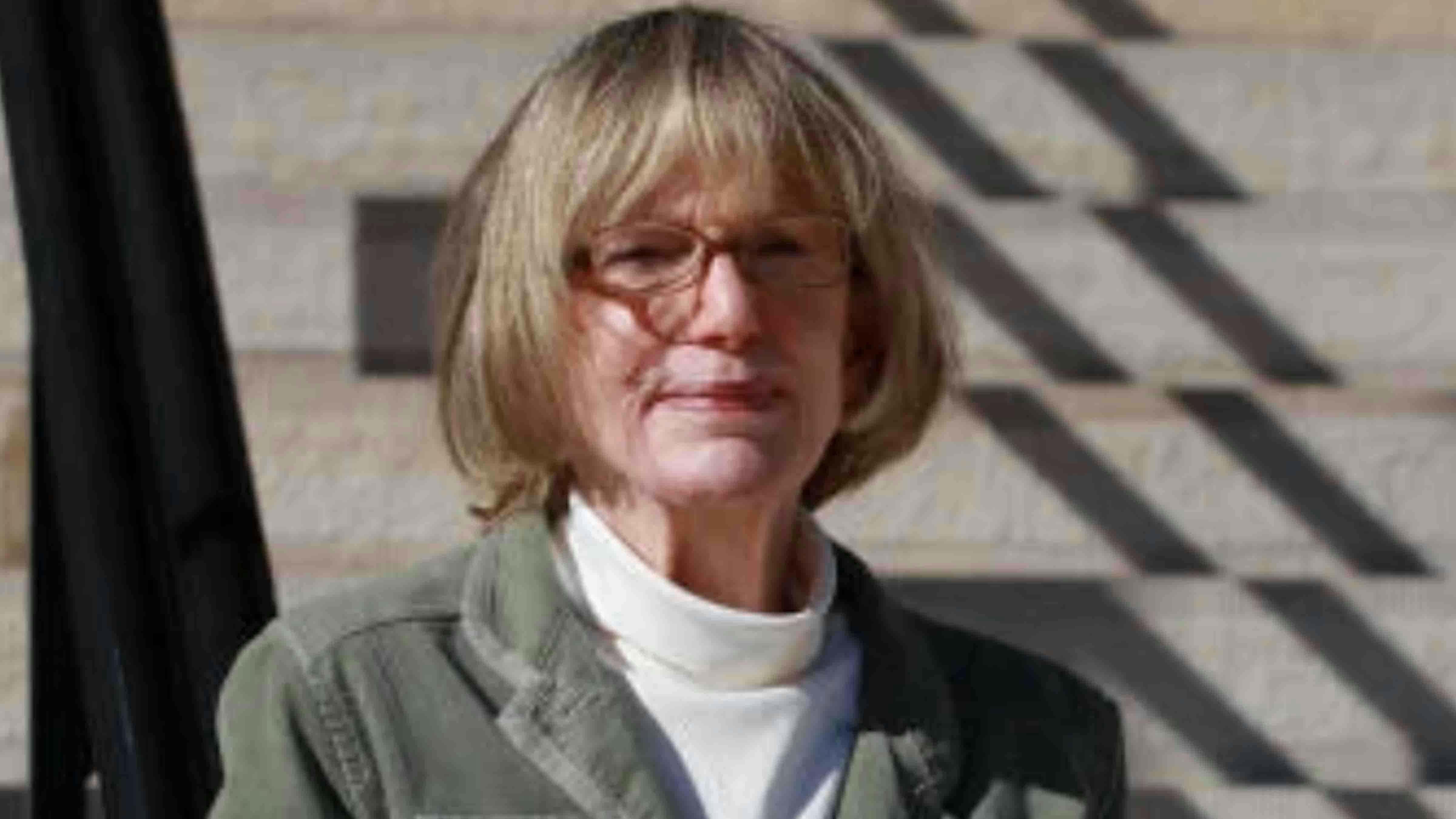Thomas Jefferson is credited as saying “I cannot live without books.” And I am of that sentiment, too.
I recently had a chance to do a pre-publication read of “A Sometimes Paradise” by Mark Miller, who now makes his home near Jelm. This is a gritty, poignant account of ranching in Carbon County, Wyoming, that reflects the impact Miller’s family had on the land – and how the land itself shaped his life.
The place where he grew up taught Mark and his brother Rod (yes THAT Rod Miller) how to work hard and never quit until the work was done. And it gave them adventures about which most kids only dream.
Their grandfather Kirk Miller could have been a ne'er-do-well had his ranch been closer to Rawlins. On occasion he liked to go to the city on “business” and spend time tipping a bottle at one of the bars on Front Street.
Sometimes their grandfather took the boys with him to Rawlins. As Mark writes, “Bars and brothels lined Front Street in Rawlins where we grandsons went with Kirk to Brownie’s barber shop for haircuts every few weeks. We walked down Fourth Street past the Silver Spur that showcased a wooden bar burned deep with the brands of county ranches, including our I Lazy D. Kirk beamed with pride when he told us about it.”
As Mark writes about it, the ranch fed his body and soul as a child and young man.
“Our ranch is the pattern of existence my family gave to the land, beginning with my great-grandfather Ike and ending the day my father retired in 1983. A full four generations. “
“Our history forms a single layer in the long sequence of stratified events occurring on the same rural terrain. To understand our layer requires a reasonable awareness of others laid down before us, which is how I approached the cultural history of the country. It is how Grandpa Kirk taught me to see the land and its inhabitants.”
An immigrant from Denmark, Mark’s great grandfather Ike Miller bought his first livestock in 1873. He had cattle first, then added a few sheep. But in 1881 Ike Miller formed a partnership with Joel J. Hurt. The two men brought together their work ethic and their resources, building a large sheep herd that they ran along the North Platte River, just south of the Seminoe Mountains in Carbon County.
Joel Hurt’s Wyoming territorial brand was designed with a capital I followed by a capital D lying horizontal with its hump side down. It became known as the I Lazy D. This was the brand that is synonymous with the Miller ranching operation. Ultimately the livestock spread across federal, state, and private lands in the western Hanna Basin on a land base that was close to 160,000 acres.
Ike Miller probably expected the ranch to continue year after year, decade after decade under his family’s ownership and management.
As Mark writes, however, “Near the end of Ike’s life, his six children started fighting among themselves. A few of them wanted nothing more to do with the ranch, so Ike established a twenty-year trust maturity that postponed any inheritance until the siblings were older and hopefully more responsible.”
In this era, Ike’s youngest son Kirk took over management of the ranch. But then the trust matured in 1932 and when the Miller Estate Company was incorporated four of the children cashed in on their inheritance by selling to the only outsiders who had much money in those Depression years – a banker and a lawyer. Kirk Miller and his sister Kit kept their shares but voting control of the company had shifted from the family. Even so, Miller family members remained at the ranch and in management roles for another fifty years.
For Mark, growing up on the ranch was a combination of working livestock, exploring the land, learning the place names, and having experiences with his grandfather, father, his brother, and cousins.
“Though I moved back and forth between the ranch and Rawlins growing up, my heart was rooted in the land, my thoughts often on Grandpa Kirk,” Mark wrote. “He worked hard on the ranch too, with the eager assistance of his grandkids. We all wanted to live out there because we were his crew.”
They worked together and they played together. They went on campouts with Kirk, sleeping under the stars on mattresses they’d hauled from the ranch.
Mark wrote: “Unbeknownst to us, Mom and her brother-in-law Chad paced back and forth in the ranch house while we loaded, nervous to let us travel so deep into the country for an overnight trip with a man who battled alcoholism throughout his adult life. But Kirk and his grandkids enjoyed an indestructible bond.”
Mark added: “Our parents may have never fully realized that, despite his transgressions, Kirk was always just a big kid around us, enjoying every moment we shared.”
One day, after a period of building livestock corrals, Mark’s dad, Frank Miller, took him to Coal Creek Canyon, for a meeting that would change the trajectory of Mark’s life. There, a group of archaeologists were working at a place called the “Scoggin Site Bison Kill.” And there, Mark first met Dr. George Frison, the Wyoming State Archaeologist who was also the head of the anthropology department at the University of Wyoming.
Frison invited Mark to join the team working the site that day pointing out twenty small circular spots in the floor of their dig. He explained that they were post holes from a corral. It had been built to hold bison.
“My jaw dropped,” Mark wrote. “I was standing in another corral on our ranch that had also confined animals where people needed them to be so they could perform required tasks without danger. But unlike our shipping facility, this corral was five thousand years old!”
Inspired by the site, and his chance to work on it under Dr. Frison’s direction, Mark returned to the University to study anthropology with a specialization in archaeology. He eventually succeeded Dr. Frison as the Wyoming State Archaeologist.
Now retired from that career, Mark has turned to the work of writing. His autobiography shows he knows how to turn hard ranch work into inspiring stories.
Mark notes that his family “used the slanting penmanship of fence lines scribbling their way across dunes, the flowing cursive of cut hay in the meadow below the barn, and the well-placed punctuation of windmills and water holes over the range.”
"A Sometimes Paradise" expands that “literary” legacy.
Candy Moulton can be reached at Candy.L.Moulton@gmail.com.





